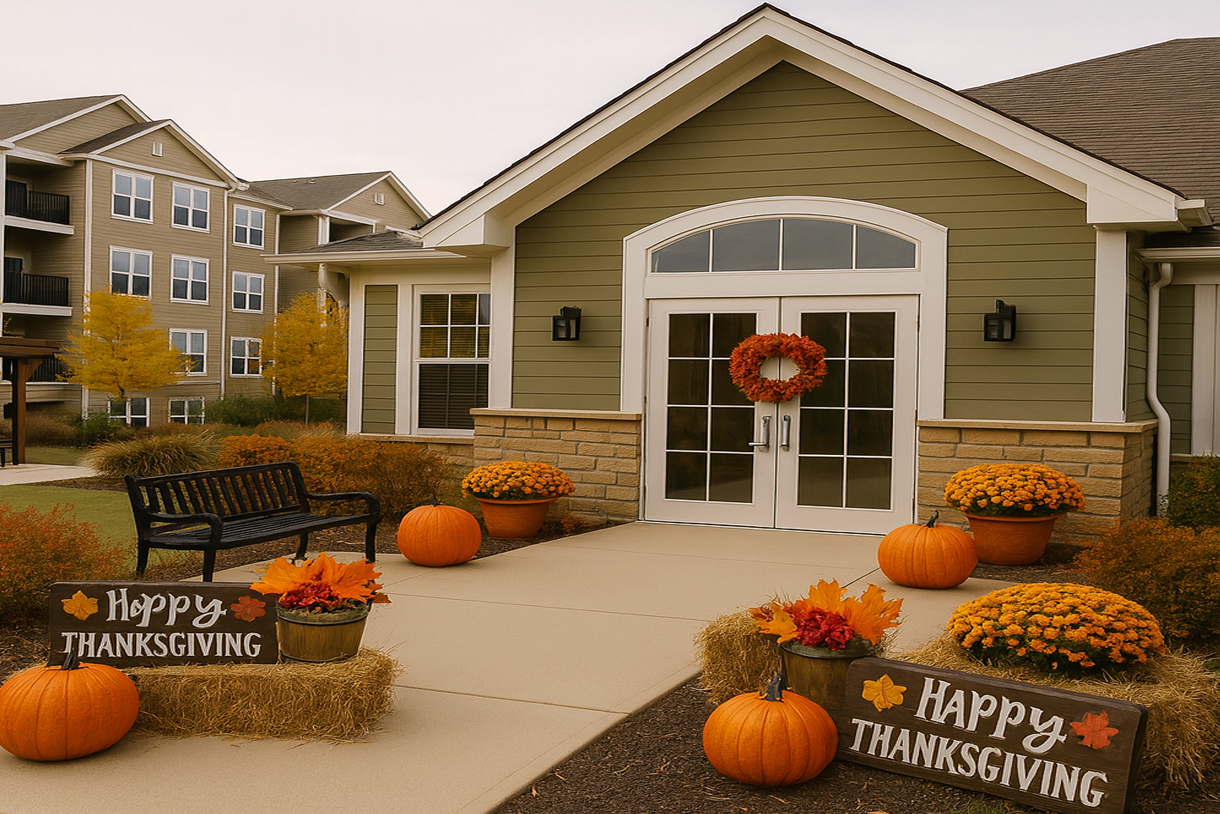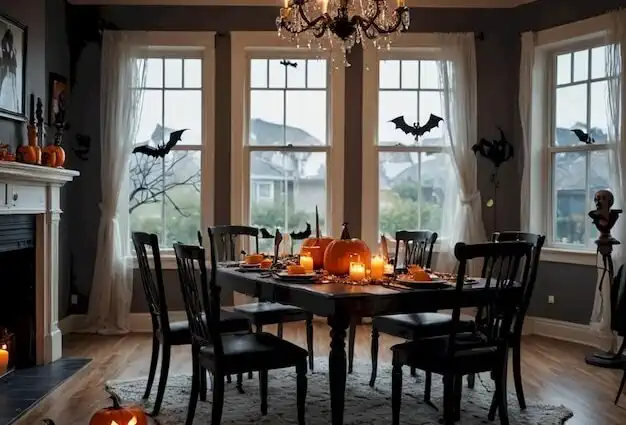Choosing the right paint colors for your interiors can greatly impact the mood and functionality of your living spaces. The colors you choose can influence emotions, create an inviting atmosphere, and even make rooms appear larger or smaller. Understanding color psychology and how different shades affect perception is key to creating a harmonious home environment.
Understanding Color Psychology
How Colors Affect Mood and Perception
Colors play a significant role in our psychological well-being. Different colors can evoke a range of emotions and perceptions. For instance, blue is often associated with calmness and relaxation, making it ideal for spaces meant for rest. Conversely, red can evoke excitement and energy, suitable for areas where social interactions occur. Understanding the psychological effects of colors can help in selecting the right shade for each room, enhancing the overall atmosphere.
Neutral colors like white, gray, and beige can create a sense of openness and simplicity. These shades are ideal for small spaces, as they can make the room appear larger. Warm colors such as yellow and orange can make a space feel cozier and more inviting. They are perfect for areas where you want to create a sense of warmth and comfort. By knowing how colors affect mood and perception, you can make better-informed decisions for your multi-family development.
The Impact of Colors on Living Spaces
The impact of colors extends beyond just mood and perception; it also affects how we interact with our living spaces. For example, lighter colors can make a room feel more spacious, while darker colors can create a more intimate setting. Choosing the right color can enhance the functionality of a space by aligning it with its intended use. For instance, a cheerful yellow can brighten a kitchen, making it a more enjoyable environment for cooking and dining.
Moreover, colors can also influence the overall aesthetic appeal of a room. A well-chosen color palette can tie together various design elements, creating a cohesive look. For multi-family developments, this is crucial as it can significantly impact the satisfaction of the residents. By understanding the impact of colors on living spaces, you can create environments that are both functional and visually appealing.
Selecting The Right Paint Colors For Different Rooms
Choosing Colors for Living Areas
Living areas are the heart of a home, where families gather and entertain guests. Choosing the right paint colors for these spaces can enhance their functionality and appeal. Warm and neutral tones like beige, soft gray, or light brown can create a welcoming atmosphere. These colors are versatile and can easily blend with various furniture styles and decorative elements. Accent walls in bolder colors can add depth and interest without overwhelming the space.
Choosing Colors for Bedrooms
Bedrooms are personal sanctuaries where relaxation and rest are paramount. Soft, calming colors like light blue, lavender, or pastel green are excellent choices. These shades promote a sense of tranquility and help create a restful environment. Darker tones can also work well in bedrooms, adding a sense of coziness and intimacy. However, it’s essential to balance them with lighter accents to avoid making the room feel too confined.
Choosing Colors for Kitchens and Bathrooms
Kitchens and bathrooms are practical spaces that benefit from bright, clean colors. Whites, light grays, and soft yellows can make these rooms feel fresh and hygienic. These shades reflect light well, enhancing the room’s brightness and making it easier to see while performing daily tasks. Bold colors like navy blue or forest green can also work in these areas, adding a modern touch without compromising on functionality.
By understanding these room-specific considerations, you can select the right paint colors to enhance both the aesthetic appeal and practical utility of each space in a multi-family development.
Popular Paint Trends In Multi-Family Developments
Trending Color Palettes
Paint trends in multi-family developments continually evolve, bringing fresh and modern aesthetics to living spaces. Popular color palettes currently include a mix of neutral tones paired with bold accent colors. Shades like soft greys, warm taupe, and crisp whites remain timeless choices for making spaces feel open and inviting. Accent colors, such as deep navy, rich emerald, and burnt orange, add character and uniqueness to rooms, drawing attention to architectural features or specific areas.
Innovative Techniques and Finishes
In addition to color choices, innovative painting techniques and finishes can add depth and interest to walls. Techniques like ombre effects, where colors gradually blend into one another, or geometric patterns, can create a striking visual impact. Texture finishes, such as matte, satin, and high-gloss, offer different looks and feels. Combining these finishes can highlight certain areas, making them stand out while still maintaining a cohesive overall design.
How Trends Are Shaping Modern Interiors
These popular paint trends are shaping modern interiors by emphasizing both function and aesthetics. The use of bold colors and innovative finishes transforms ordinary spaces into visually engaging environments. These trends also reflect a shift towards personalization, allowing residents to feel more connected to their homes. By staying current with these trends, multi-family developments can create appealing and dynamic living spaces that meet the diverse needs and tastes of residents.
Tips From Our Professionals For A Perfect Paint Job
Preparing the Surfaces
Preparation is the first and most crucial step for a perfect paint job. Our professionals ensure that surfaces are clean, dry, and free of imperfections before applying any paint. This includes sanding rough spots, filling cracks, and cleaning walls to remove dust and grime. Proper surface preparation helps the paint adhere better and ensures a smooth, long-lasting finish.
Tools and Materials Recommended
Using the right tools and materials is essential for achieving a professional-quality paint job. Our professionals recommend high-quality brushes, rollers, and paints to achieve the best results. Brushes with synthetic bristles work well for water-based paints, while natural bristles are better for oil-based paints. Rollers with different nap lengths are selected based on the texture of the walls.
Common Pitfalls to Avoid
Several common pitfalls can ruin a paint job if not addressed properly. One of the most common mistakes is skipping the primer. Primer helps the paint adhere to the surface and enhances the final color. Another pitfall is applying paint too thickly, which can lead to drips and uneven coverage. Our professionals emphasize the importance of applying multiple thin coats, allowing each layer to dry thoroughly before adding the next.
Conclusion
Choosing the right paint colors can transform multi-family developments, making them more inviting and functional. Understanding color psychology and selecting appropriate shades for different rooms can enhance each space’s mood and utility. Staying up-to-date with popular paint trends and innovative techniques ensures that interiors remain modern and appealing.
Our professionals at Matrix Construction Services provide expert advice and quality workmanship to ensure that every paint job is perfect. From preparing surfaces to selecting the right tools and avoiding common pitfalls, our team is committed to delivering outstanding results.
Ready to refresh your multi-family development with the perfect paint colors? Contact us for professional guidance and services tailored to meet your needs. Enhance your living spaces with our expert interior painting services in Houston today.



